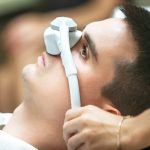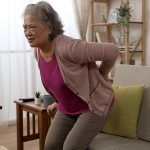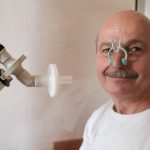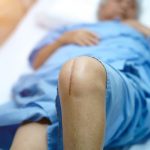
Health officials are warning about a rise in injuries linked to the misuse of nitrous oxide, aka laughing gas. The gas, which is used medically as a sedative and in whipped cream cans, is now being sold in small, flavored canisters with names such as Cosmic Gas, Galaxy Gas and MassGass. On Friday, the U.S. Food and Drug Administration (FDA) issued a warning that inhaling nitrous oxide to get high can cause dangerously low blood pressure, leading to fainting and injuries. The administration highlighted that these products, often in colorful packaging, are available at gas stations, vape shops and online. Nitrous oxide can briefly cut off oxygen to the brain, which can be extremely dangerous. While manufacturers claim their products are “for culinary use only,” videos of people inhaling them for recreational purposes have circulated on social media for years. The FDA has seen a rise in reports of health issues related to nitrous oxide, and poison control centers have received more emergency calls from people collapsing after using it. “The FDA advises consumers to not misuse or inhale nitrous oxide products,” the statement said. “These products can result in serious adverse health effects, including death, when inhaled.” No federal laws restrict the sale of nitrous oxide, though some states have set age limits. The FDA regulates it as a medical product when used by… read on > read on >


















